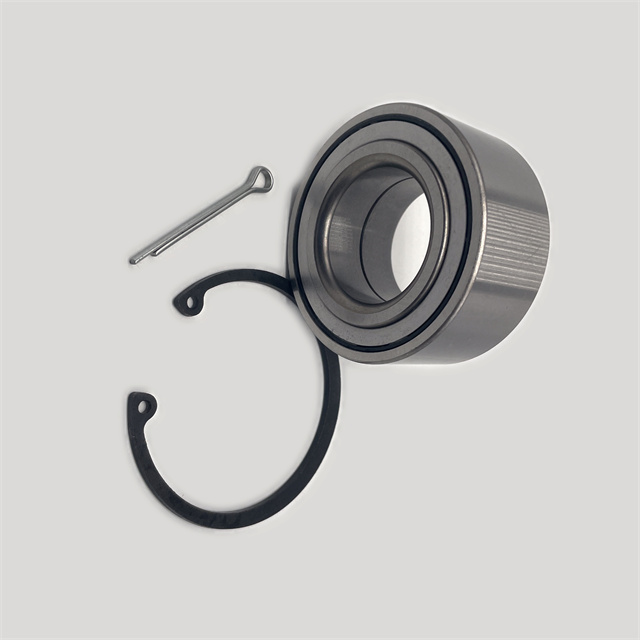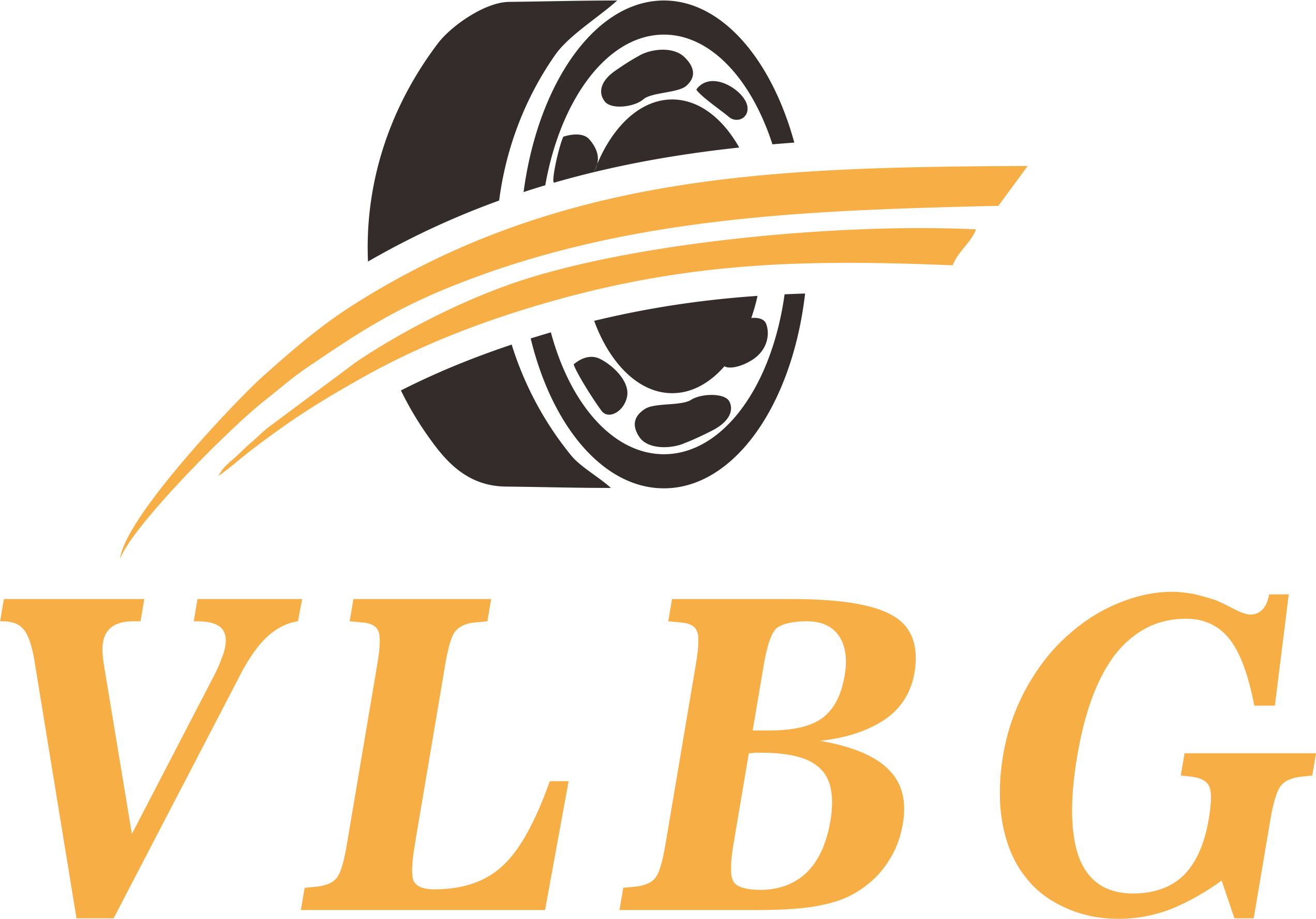Angular contact ball bearings are a cornerstone technology in the world of mechanical engineering and machinery, serving as critical components for ensuring high-precision rotation, reduced friction, and optimal load-bearing capacity. These specialized bearings have revolutionized the way machines operate by providing superior performance under combined radial and axial loads, making them indispensable in industries ranging from aerospace to automotive, robotics to medical equipment.
Understanding Angular Contact Ball Bearings

Angular contact ball bearing is a type of rolling-element bearing that separates two rotating parts while facilitating their relative motion. They differ from standard ball bearings due to their design, which allows for the bearing to handle both radial (perpendicular to the shaft) and axial (parallel to the shaft) loads simultaneously. This capability is achieved by the fact that the balls in the bearing make contact with the inner and outer raceways at an angle, hence the name “angular contact.”
Design Features and Variations
Angular contact ball bearings typically come in single-row or double-row configurations. In single-row designs, one side of the bearing can support an axial load in either direction. Double-row versions provide increased load-carrying capacity and are designed to accommodate both thrust and radial loads in either direction.
The contact angle, usually denoted by ‘α’, plays a significant role in determining the bearing’s properties. A larger contact angle indicates greater axial load capacity but lower tolerance for misalignment. Bearings with smaller angles allow for more flexibility and better handling of combined loads, albeit with less axial load capacity.
Applications and Advantages
Angular contact ball bearings find applications across a broad spectrum of industrial sectors where precision and reliability are paramount. They are widely used in:
1. High-speed spindles in machine tools – where they ensure stability and accuracy during machining operations.
2. Gearboxes and transmissions – for smooth power transmission and efficient energy transfer.
3. Pumps and compressors – to maintain high rotational speeds without overheating or premature wear.
4. Aerospace and defense systems – where lightweight yet robust bearings are crucial for gyroscopes, helicopter rotor heads, and other precision mechanisms.
5. Medical devices – such as CT scanners and MRI machines, which require extremely precise and quiet rotary motion.
Key advantages of angular contact ball bearings include:
– High rigidity and resistance to deformation under heavy loads.
– Low frictional torque, leading to higher efficiency and lower operating temperatures.
– Excellent running accuracy and stability due to tight manufacturing tolerances.
– Compatibility with high rotational speeds, making them ideal for high-speed applications.
Maintenance and Selection
Proper selection and maintenance of angular contact ball bearings are essential to maximize their lifespan and performance. Factors such as load conditions, speed requirements, and operating environment should be carefully considered when choosing a bearing. Regular lubrication and inspection for signs of wear, contamination, or damage are vital to prevent premature failure.


